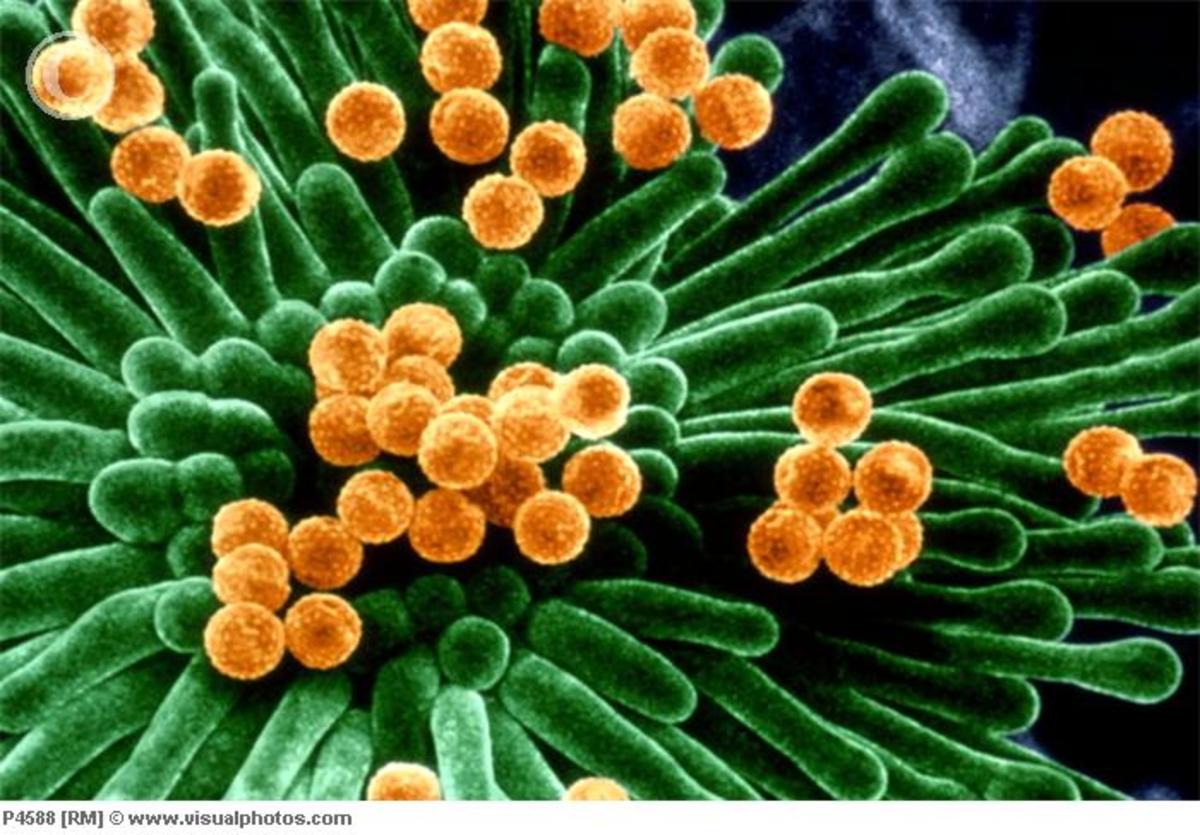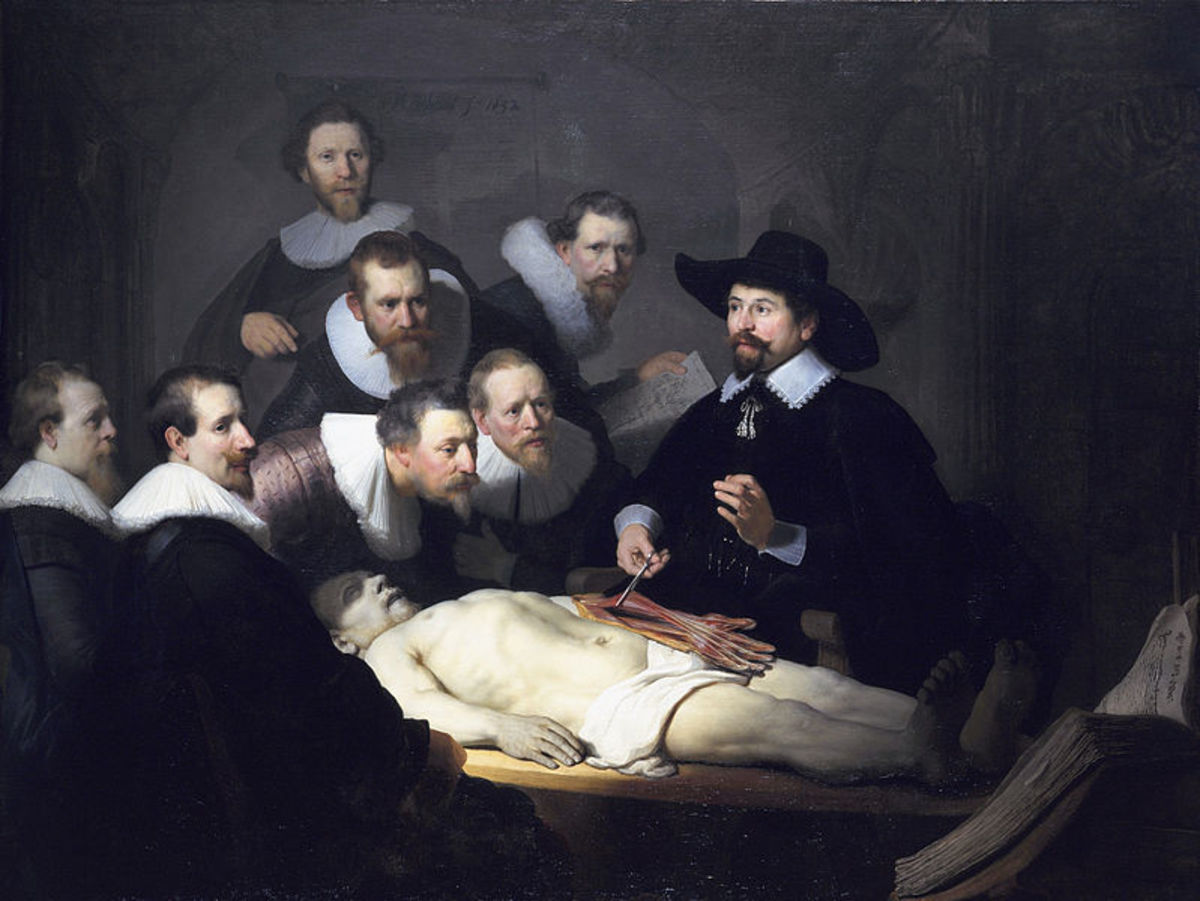Forensic Science| Documentation, Handling, and Packaging
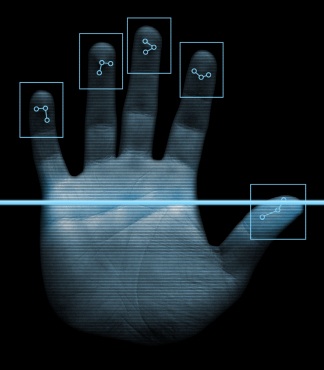
Evidence Documentation
HANDLING AND PACKAGING
In all forensic investigations, the validity of information derived from examination of the physical evidence depends upon the care with which the evidence has been collected, handled, packaged, stored, and documented. If the evidence has not been protected from contamination by proper collection, handling, and packaging/storage, and this process has not been properly documented, its evidentiary value may be destroyed and no amount of laboratory work can revalidate it.
Therefore, it is important that all items of evidence be handled, packaged, and documented in a way that will ensure their integrity. In doing so, the likelihood is increased that useful information can be obtained by examination and that the evidence will be considered admissible in a court of law.
I. EVIDENCE DOCUMENTATION
Examination documentation is any documentation generated by the analyst/examiner, and includes all notes, worksheets, photographs, spectra, chromatographs, printouts, charts, and any other data.
Documentation provides a record of the condition of the evidence, any evidence that was removed for testing (i.e. stains, paint chips, etc…), and the results of those tests. It must contain sufficient detail for an independent reader to know what the examiner saw, what tests they conducted, what procedures were followed for those tests (including any preparatory steps), what results were obtained, and what conclusions were made. All conclusions or statements made in the report must be backed up by the presence of sufficient documentation in the case file to allow an independent reader to come to the same conclusion. Examination documentation that is essential for the evaluation and interpretation of the data must be turned in with your reports.
You must use the following date format whenever a date is required: dd mmm yyyy (i.e. 05 Sep 2014 or 23 May 2014). It is important to note that single digit dates (1 - 9) must be preceded with a zero to prevent the possibility of alteration (i.e. converting an 8 to 18 or 28). However, do not convert dates in other formats when documenting observations. Document exactly what you see. For example, 5/4/14 could mean April 5, 2014, or May 4, 2014, or a date in a different century. Never make assumptions when documenting observations. You must also use military time, i.e. 0200hrs, 1035hrs, and 2020hrs refers to 2:00am, 10:35am, and 8:20pm, respectively. Note that the time between 1:00 AM and 9:59 AM, inclusive, must have leading zeroes (i.e., 0100 to 0959 hours).
More on Forensic Documentation
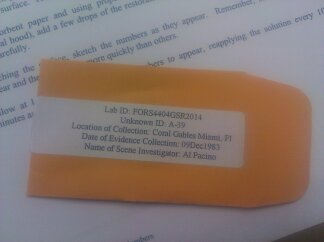
I.A. WORKSHEETS/Documents
1. Each item of evidence examined requires a separate cover sheet.
2. If detailed examination is necessary, any additional worksheets generated should be stapled to this coversheet in the appropriate order.
3. Most types of evidence require bench notes to be made on “blank” worksheets . There are specific worksheets for paint, fibers, human hair and glass which can also be used to document specific information from the examination of those types of evidence. The evidence specific worksheets should be used with blank worksheets to ensure complete documentation of all analyses.
4. Every worksheet should have a sentence or conclusion about the analysis completed with supporting justification (i.e. Q1234 was consistent with K5678 based on microscopic and IR spectroscopic analysis).
I.B. HANDWRITTEN NOTES & OBSERVATIONS
1. Handwritten notes and observations must be in ink. However, pencil may be appropriate for diagrams or making tracings. Colored pencils may be used if they improve the clarity of a diagram, i.e. showing stains, TLC plates, etc…
2. Nothing in the handwritten information should be obliterated or erased. Any corrections should be made by an initialed (handwritten), single strikeout (i.e. error) so that what was stricken out can still be read). Correction fluid or correction tape should not be used.
i. If a spelling error is made, put one continuous line through it, insert the correction above or to the right of the error, and draw a circle around the abbreviation "sp" near the correction.
ii. If a data error is made and noticed before any additional entry is made, simply put one continuous line through it, and write the correction to the right of the error i.e., 132.45 g 123.45 g. Initial and date the line out. If the data error is not noticed immediately, the format is slightly more involved:
- First, initial, date, and line out the error.
- Second, place an asterisk above the error and indicate where (worksheet, page #) the corrected data has been documented. In the latter case (when the error is discovered at a later time), you must document the correction contiguously on the next available unused line of the exercise, even if it is many pages later. Use an underlined heading such as " * Correction of data on page #", where # is the page with the error. Explain the reason for the error if it is not obvious.
1. Use multiple asterisks ("**", "***", etc.) if more than one error is made on a page. This procedure is followed for all corrections.
2. If an error is made writing the date, line out the incorrect date, write the correct date, and initial and date the correction. The reader cannot assume the corrected date is the date the correction was made.
3. Use sketches where appropriate to illustrate text (but not in place of text). Artistic talent is not required. Sketches should be large enough to illustrate appropriate detail. Sketching does not, however, negate the need to document observations in text form. Be sure to include the scale and magnification directly above the sketch. Multiple sketches cannot be drawn next to one another. If the sketch is not made to scale, record this prior to making the sketch (i.e. “the following diagram of a cotton fiber as seen under 400X magnification with a PLM” or “the following sketch of the unknown paint chip is not drawn to scale”)
4. Do not leave lines (or portions of lines) blank. If a line is not used completely, draw a horizontal line across the unused space. If several lines will not be used for example, because there is insufficient space remaining at the bottom of a page to fit a sketch, draw a diagonal line (top left to bottom right) across the lines. Diagonal lines must be initialed and dated. Line-outs must be done before continuing. Do not write in any space to the left or right of sketches (an exception is a lettering system to label details) - line out the area and continue the documentation on the next available unused line. Non-contiguous data entry will result in severe penalties.
5. Documentation of your work must be written in the present or past tense. Do not document what you intend to do, just what you did or observed
6. Each page of the case notes must include:
i. handwritten examiner’s initials in the lower right hand corner,
ii. the date(s) the notes were taken on.
7. Every tested evidence item should have an adequate description explaining the appearance of the item and its packaging. The description should be detailed enough so that the reader could identify the evidence based only on their notes.
Handwritten notes should include:
i. The assigned case number
ii. The evidence number for each piece of evidence submitted for analysis.
iii. A detailed description of all layers of packaging, noting all seals and any
identifying marks.
iv. A description of the contents of each item of evidence Evidence that is not fully tested should be noted as such on the worksheet and listed in the report.
8. Most items which are tested are required to have a measurement of their size/amount (i.e. weight, volume, and count) taken before sampling. These initial measurements must be documented in the case notes.
9. The overall condition of items should be described (i.e. clean, soiled, weathered, etc…) as well as any other suitable description such as texture.
10. When describing the color of an item, generic colors should be used rather than overly descriptive, subjective colors. The use of “light” or “dark” is appropriate especially when different shades of the same color are present. For example, “light blue” is appropriate whereas “sky blue” is not.
11. When examining clothing make note of any labeling, the condition of the garment, whether fastenings are open or closed and any damage or staining. Measurements should be taken of the garment as well as the location and size of any damage or staining.
12. During testing, the case notes should identify:
i. The tests performed,
ii. The date on which the tests were performed unless the instrumental documentation contains an instrument generated date (this applies to FT-IR, GC, GCMS, and XRF)
iii. The results of the tests.
13. If an item requires a solvent extraction, it must be documented in the case notes:
i. A description of the extraction procedure used,
ii. The date the extraction was performed,
iii. The amount of time a sample was soaked or boiled, etc…
14. Any other relevant notations required for an individual testing technique including any type of preparation needed prior to analysis.
I.C. SUPPORTING EXAMINATION DOCUMENTATION
1. Any photographs should be attached to an 8.5 X 11” piece of paper if not printed that size.
2. All photographs should be attached to the worksheets for the relevant item of evidence.
3. All instrumental data should be clearly labeled as to the item of evidence from which it is generated and attached to the worksheets for that item of evidence.
a. This includes calibration standards (i.e. an FT-IR spectrum of polystyrene for checking the wavelength calibration).
I.D. REPORTS
1. Reports should be the first pages of the package turned in for each experiment.
2. Reports should contain the following descriptive information (SWGMAT, Expert
Reporting Guideline):
a. The case number or other unique identifier of the report
b. The number and identity of each known sample and the number of the unknown
sample.
c. The page number and total number of pages (i.e., “Page 1 of 5”), on each page of the report.
d. The date of issuance of the report.
e. In an itemized list of submitted/analyzed items. There should be a general description and unique identifier for all items examined in connection with the report. A unique identifier system—such as serial numbers, markings, photographs, or another method—must be employed to ensure future, unequivocal identification of samples or exhibits.
3. Reports should contain the following significant and pertinent information (SWGMAT,
Expert Reporting Guideline):
a. The objective of the examination (i.e., to classify and compare fiber samples).
b. The general examinations conducted, including generic class and type of instrumentation used for examinations or determinations (i.e. ATR FT-IR, polarized light microscopy, and color determination by visual observation).
c. The results of the examination (i.e. the questioned sample and known sample #3 is indistinguishable in microscopical and IR spectroscopical measured properties).
d. Any additional essential facts, assumptions, or information relied upon to form the opinions and conclusions expressed in the report (e.g., the item was dusted with fingerprint powder before it was received for examination). This includes determinations made by others (e.g., another analyst performed the GC-MS analysis).
4. All reports should contain conclusions and expert opinions. The analyst should only use significant data in the evaluation of the evidence and the resulting opinion(s). Conclusion(s) should be consistent with all of the significant data developed and accepted scientific principles. Any inconsistencies between data and conclusion(s) drawn should be identified and explained in writing, either in the report or technical notes, prior to or concurrent with issuing an opinion (i.e. comparison made between weathered and unweathered ignitable liquid residues). Where appropriate, the report should include a statement about the limitations of the conclusions and opinions (i.e. a qualifier). (SWGMAT, Expert Reporting Guideline).
5. The clear identification and signature of the person actually issuing expert opinion(s) must appear at the end of the report.
6. Put the worksheets for each item behind the report in the appropriate order (questioned/unknown samples first followed by the known samples in numerical order).
7. The number of your unknown sample should be clearly written in the appropriate location on worksheets and in your report.
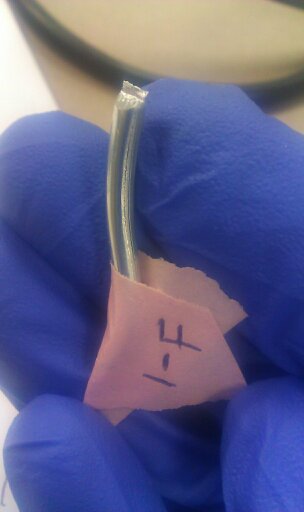
II. EVIDENCE HANDLING
II.A. CHAIN OF CUSTODY
The chain of custody of evidence is critical to prove that the evidence presented in court is the same as that collected at the crime scene. It is the documentation of an unbroken transfer of evidence showing continuity of possession. A proper chain of custody offers this proof and maintains the integrity of the evidence by recording who had contact with the evidence, at what time, and what changes, if any, may have been made to the evidence. When obtaining both known and questioned samples for this lab, you will be required to complete chain of custody forms.
III. EVIDENCE PACKAGING
There are a plethora of different types of evidence packaging, including but not limited to paper bags and envelopes, plastic bags and Ziplocs, metal cans, plastic buckets, glass vials, paper folds (i.e. bindles or druggist folds), and cardboard boxes. The type of packaging used depends on the type of evidence collected. For example, biological materials (including plant material) need to be packaged in paper bags and envelopes while non-biological materials should be packaged in plastic bags. Liquids are packaged in glass vials; small transfer (a.k.a trace) evidence is usually packaged in paper folds; large evidence, such as firearms, knives, and large pieces of plate glass, are packaged in cardboard boxes; material with suspected ignitable liquid residues are packaged in airtight metal cans. All packaging materials must be clean and unused.
All packaging must have proper seals as this ensures that evidence has not been accessed, altered, compromised, or lost during storage. A good seal is tamper-proof, is detectable if tampered with, and is initialed and dated across the seal.



